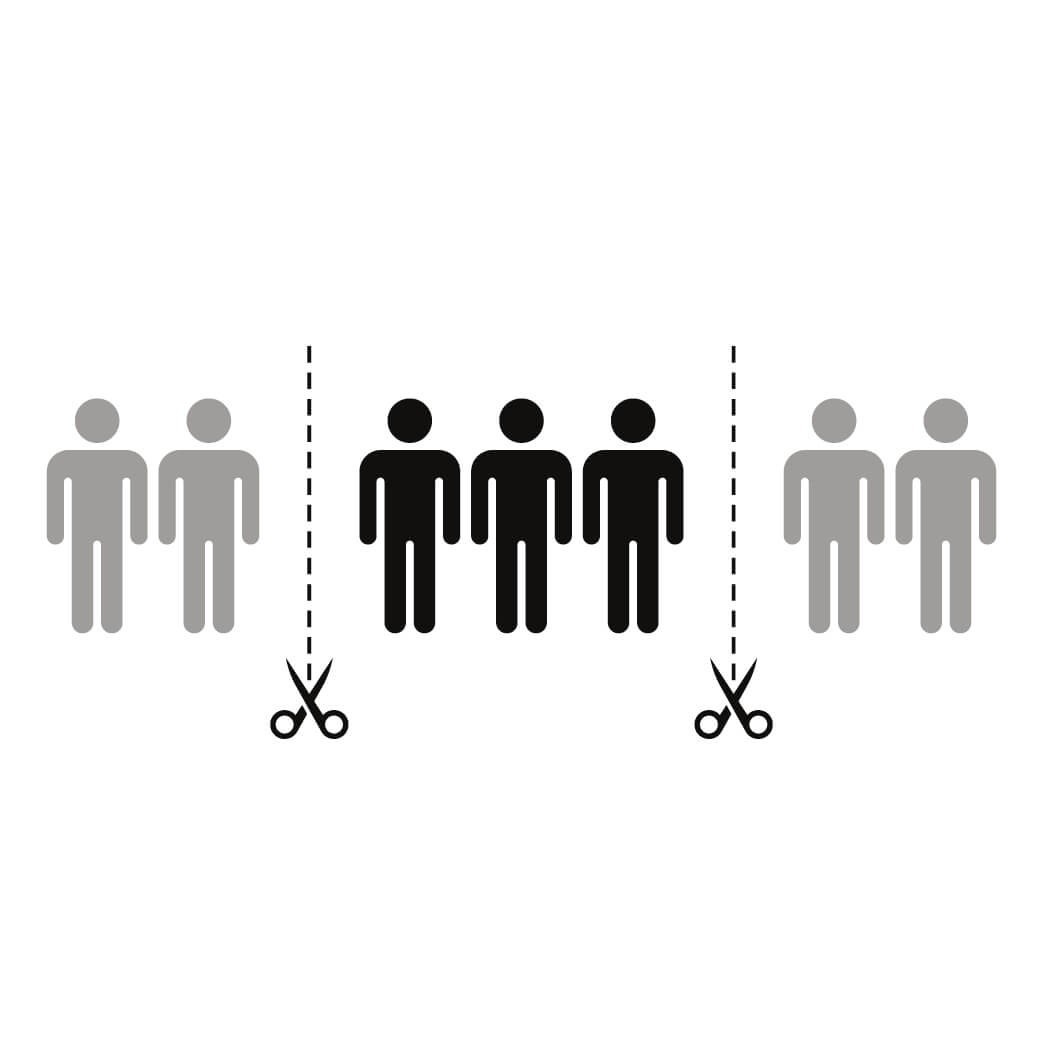
This past weekend I spent a few hours installing a new washer and dryer. The job started out simply enough: disconnect the existing machines from the electrical outlets, water inlets and the drain. Pulling the plugs was easy enough, as was disconnecting the drain. Next the water inlets. I turned the cold tap to closed and went to the hot water tap. Crack. The handle broke off in my hand. I flipped it over to take a look and the shoulder that surrounded the valve stem had snapped off under (not much) torque. I could also see the sparkly impurities that told me that this was pot-metal of the lowest order. It was such low quality I think I could have popped it in my mouth and chewed it to dust.
And so, proud in my handiness, I unscrewed the cold tap and mounted it on the hot-water faucet stem. Easy-peasy. …Crack. You have to be kidding me. Same issue caused by a part made of the same low-quality metal. So, my 2-hour job was already at a standstill 10 minutes in.
There is a reason why people like me will leap into their cars and rush to yard sales listing “old tools.” – Because they really don’t make a lot of things like they used to. There is a whole paradigm of difference. Which is to say, tools are no longer built to last forever. Machines are no longer built with the idea of ever-extended life through user-serviceability. Only the true machine nerds here will fully understand the joy I feel as I clamp my grease gun onto a zerk fitting under my woody wagon and watch new grease go in and dirty old grease come out.
The paradigm shift has led us to “use it, break it, buy another.” It keeps the factories running in China and keeps the people walking into Walmart and clicking on Amazon. But it has substantial ramifications. – It kills craftsmanship. And it kills career opportunities for skilled workers (and the self-esteem that comes with that identity). Instead of paying for a skilled worker to keep your TV, vacuum, bicycle, lawn mower, etc. working, you just go online and buy another and have the process fulfilled by minimum wage workers (that may have been laid-off from skilled jobs). The US middle class disappears; China turns into an industrial giant. The US industrial economy, based on higher quality manufacturing and servicing, falls prey to the Chinese industrial economy based on cheap junk.
And to be clear, this is not some anti-China screed. Chinese factories can churn out whatever is asked of them, high-quality or low. This is the consequence of US demand based on price as the primary arbiter and a lifestyle based on maximum consumption. Chinese factories just respond to our demands. Once you stretch efficiency to its limits, all that is left as mechanisms to lower prices is to lower the quality and lower the wages – which is most easily done by moving the jobs offshore. Many people who want the US to return to the “good old days” don’t fully understand the main forces at play and so they continue investing in the same junk that took away the good paying jobs they pine for. So, we end up with billionaires and low-wage earners and too little in between. We have met the enemy, and it is us.
Paradigm lost...
However, this is not even the most worrying place that life in the US has been cheapened and sold. Social media is the cheap junk of the internet. (Except, of course it was brought into existence by various subsequently-minted billionaires from Silicon Valley. Like the industrial CEOs, all they did to make their billions was sell the soul and future of America.) The effect has much in common. The richness of a life lived in human interaction with friends and family has been supplanted by the paucity of a life lived online for and largely with strangers (euphemistically called “friends”).
For my wife’s birthday, recently, I took her to Caruso’s, a lovely restaurant in Montecito. My wife is a foodie and this place promised to deliver. (It did). The restaurant is perfectly perched above Hammonds Beach. Right ahead of us, as we came down the stairs, was a very handsome foursome of twenty-somethings. One of the two men went up to the host and asked if she would take their picture. As she got ready to do so and as the foursome took-up their poses, the guy said, “Take a lot.” She took a bevy of shots and the guy then shifted the four and asked for more. After the host was done, the foursome spent 10-15 additional minutes taking photographs in different groupings and poses all in the same spot. I’m guessing at least 500 pics.
This is life owned by Instagram and TikTok.
Why have a real life with real experiences, when you can groom and craft a life online and pretend your life is the sum collection of orchestrated moments? Everyone is familiar with the corrosive effect of teenage sport phenoms that are driven to mental health crises by overbearing pressure (often beginning with their parents). What is less noticed is the corrosive effect on everyone, particularly young people, by the relentless competitiveness and judgment of life lived via social media, where you are only as relevant as your last upvoted picture or your last cutting comment.
Life lived online can become anti-life. For young people especially, who have known nothing else, it has turned many friendships and relationships from the quality-made, user-serviceable, lifetime-use model, into the low-quality, break it and replace it model, and we see its wreckage everywhere.
Interestingly, China may export junk to the US (including TikTok) but they have passed national edicts to cut back the number of hours that children can be exposed to social media and video games, (another place where virtual lives are lived).
In the US, since 2019, ER visits for suicide attempts by adolescent girls have gone up 51%. In the same time period, the percentage of Americans who describe their mental health as “excellent,” has gone down 21%. Pandemic aside, these numbers have been trending for some time. And there is more than a suggestion to them rising in correlation with social media use.
My most well used tool is an orange-handled reversible screwdriver. Nonetheless, it still sits in a drawer 99% of the time. Social media can also be a very handy tool, but it is not a life substitute. For our kids and the rest of us, it needs to sit dormant much more than it currently does.

When humans face true cataclysm, we pull together. When it’s about money and power, not so much.

When people see public health messages directed at them, they are very aware that others can see them also and it can trigger concern of how other people in the community now think about them.
People seek to have power over their own lives. Teens, adults, older adults – everyone. What happens when they feel powerless? What happens when you or your communications make them feel they have less power?
The way we talk to others demand that they accept an identity for themselves, and sets up a particular relational dynamic. If we're not careful, that identity can be stigmatizing or turn away the very people we're trying to help.
Get the latest posts and updates delivered to your inbox.